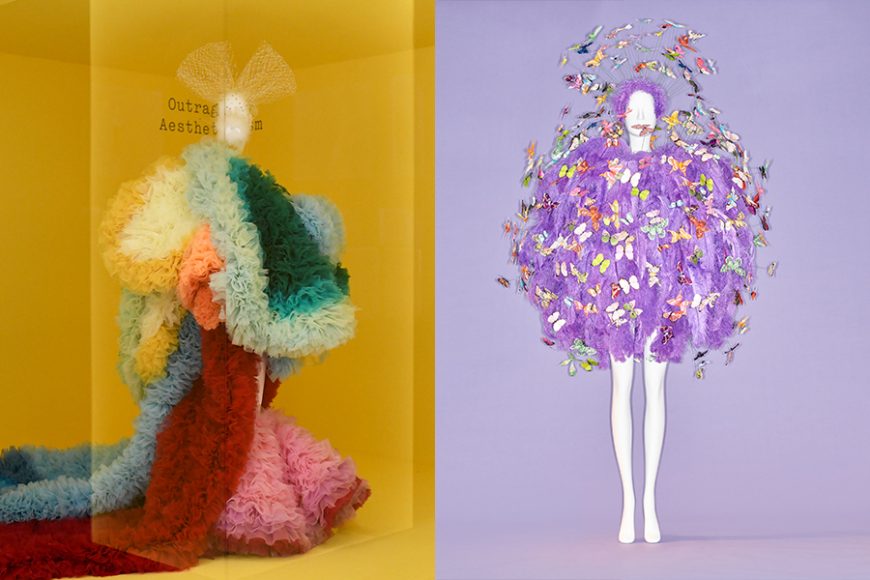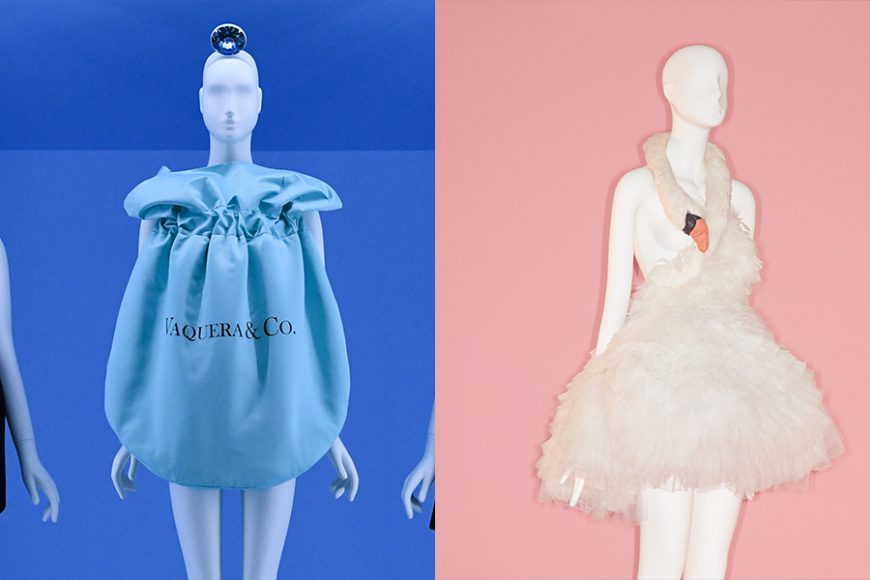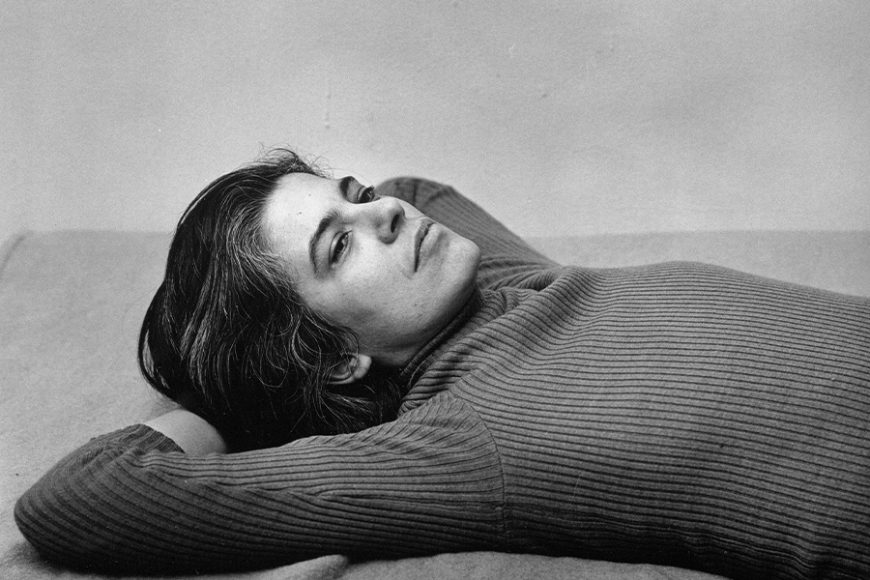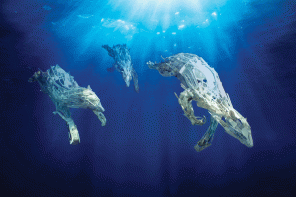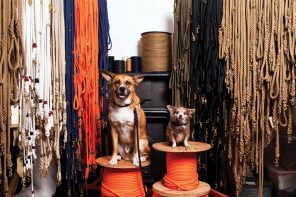“Too much pink,” one critic pronounced at the press preview for “Camp: Notes on Fashion,” The Metropolitan Museum of Art’s Costume Institute exhibit, on view through Sept. 9.
As if: As if there could ever be too much pink, particularly in an exhibit that can be summed up in 1930s blond bombshell Mae West’s adage: “Too much of a good thing can be wonderful.”
Or, as waggish 19th-century author and dandy Oscar Wilde observed: “Moderation is a fatal thing….Nothing succeeds like excess.”
West and Wilde were exemplars of camp. But then, apparently, so were the ancient Greeks and Romans, the Renaissance and Baroque artists they inspired, “Sun King” Louis XIV, Art Nouveau, the flappers of the Roaring ’20s, drag, ballet, opera, movies and, of course, fashion — to name a few. Indeed as you read this, you’re probably already in touch with your inner campiness, for the exhibit takes as its inspiration Susan Sontag’s seminal 1964 essay “Notes on ‘Camp’” — note the quotation marks, also camp, she wrote — in which she defined camp as “style at the expense of content.” It’s not that there isn’t content, but rather that in camp, it is style — exaggerated and bedecked with irony, theatricality and playfulness — that you notice first. Could there be a better subject for the digital age, which is often about the outrageously visual if not the visually literate?
But there is another way in which the show is timely. Camp creations arrive at moments of crisis, of polarization. Think of the 1960s, with its Pop Art and protest movements. Think of the 1980s, with punk as a response to Reaganomics. With some 250 objects — including mens and womenswear, drawings, paintings and sculptures from the 17th century to the present — organized by Andrew Bolton, Wendy Yu Curator in Charge of The Costume Institute, “Camp” offers a yin to MAGA America’s yang.
Yet the exhibit locates the antecedents of camp — which has become closely associated with the gay community — in the homoeroticism of ancient Greece and Rome that celebrated a male beauty resurrected in the Renaissance and Baroque. It opens swooningly with a pink gallery that contains several ravishing tributes to Antinous, the Roman Emperor Hadrian’s Bithynian Greek lover, who drowned in the Nile in 130 at age 19, probably a suicide. A 19th-century “beau ideal” of male physical splendor, Antinous has been having another moment as a recent Oxford University show attests. In “Camp,” he’s represented by the “Belvedere Antinous,” a 1630 bronze attributed to Pietro Tacca, and a 1987 black-and-white Robert Mappelthorpe photograph of the Capitoline Antinous, in which he grabs what looks like yards of fabric. These works are accompanied by Vivienne Westwood 1989-90 leggings with mirrored fig leaves — an evocation of sensual Renaissance sculpture and a deliberate exaggeration of what the leaves seek to conceal, which underscores the exhibit’s theme of camp as a kind of masquerade.
The word “camp” in the show’s usage is derived from the French se camper, “to stand firm,” but also “to flaunt” or “to posture.” Few embraced the “if you got it, flaunt it” philosophy more extravagantly than France’s Louis XIV, who borrowed the torqued pose of classical sculpture and festooned it with ribbons, ruffles and rich fabrics, as seen in the 1701 portrait by Hyacinthe Rigaud. Louis was also a dancer who appeared as the Greco-Roman sun god Apollo in “The Ballet of the Night,” hence his nickname — the Sun King. (Louis’ theatrical career is juxtaposed with Karl Lagerfeld for Chanel’s 1987-88 splendid blue and gold peplum tunic, embellished with flowers, and bright blue breeches that would be quite at home on any ballet stage.)
But for Louis, clothes and entertainments were no mere trappings of aesthetics or vanity. They were a way to control the nobles he corralled in majesty at Versailles, for if they were busy spending time and money on clothing and court life, there was no reason or support for rebellion against the king, n’est-ce pas?
The biggest bird in the gilded cage was Louis’ adored and adoring kid brother, Philippe I, duke of Orléans. Known as Monsieur, he nonetheless was more interested in feminine clothing and his male favorites than in either of his two Mesdames — Princess Henrietta of England, sister of England’s Charles II; and second wife Princess Palatine Elizabeth Charlotte — with whom he nonetheless had a total of five children, the ancestors of most of European Roman Catholic royalty today. Philippe’s rarefied, refined appearance and character are captured in an early portrait for his brother’s coronation (circa 1654) in which a slender, spectral leg and beribboned ankle crystallize and foreshadow camp’s capacity for metamorphosis — men dressed as women and dandies (19th-century Europe, in which the term and concept “homosexual” first emerges, with Wilde as its patron saint); objects as flowers (early 20th-century Art Nouveau); women shedding their corsets and bustles (1920s flappers); women dressed as men (1930s Germany).
By the time you arrive at the stunning final gallery, decked out as double-tiered department store windows and vitrines filled with colorful clothes and accessories framed in black — Björk’s Oscar swan dress here, Bob Mackie’s nude sequined leaf dress there — you realize that the show is about identity not only in all its fluidity but in all its ownership. Are you who you say you are, what someone says you are or both? Who’s to say that the ancient Greeks — who believed in moderation — prefigured camp because they extolled male beauty, or that Louis XIV — who famously remarked “L’état, c’est moi” (“The state is me”) — was frivolous enough to use clothes as anything but a kind of weapon.
There is much talk in the show of high and low camp and the best kind of camp, the one that doesn’t know it’s camp. But doesn’t the creation of such an exhibit, the much ballyhooed gala that launched it, the very act of dressing, particularly in a stylized way, require a kind of consciousness?
“Camp” has some hot hunks and elegant threads, a provocative idea and plenty of pink. But by embracing everything from drag queens to “Swan Lake,” the show’s subject eludes it.
In the end, “Camp” may have pitched too big a tent.
For more, visit metmuseum.org.

